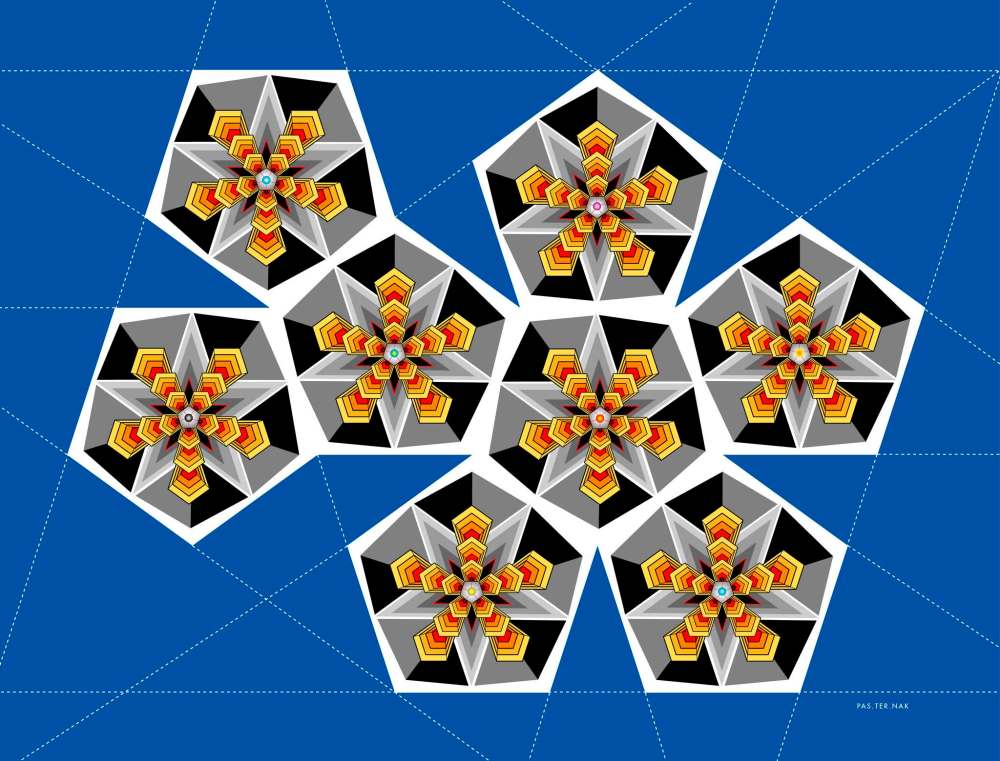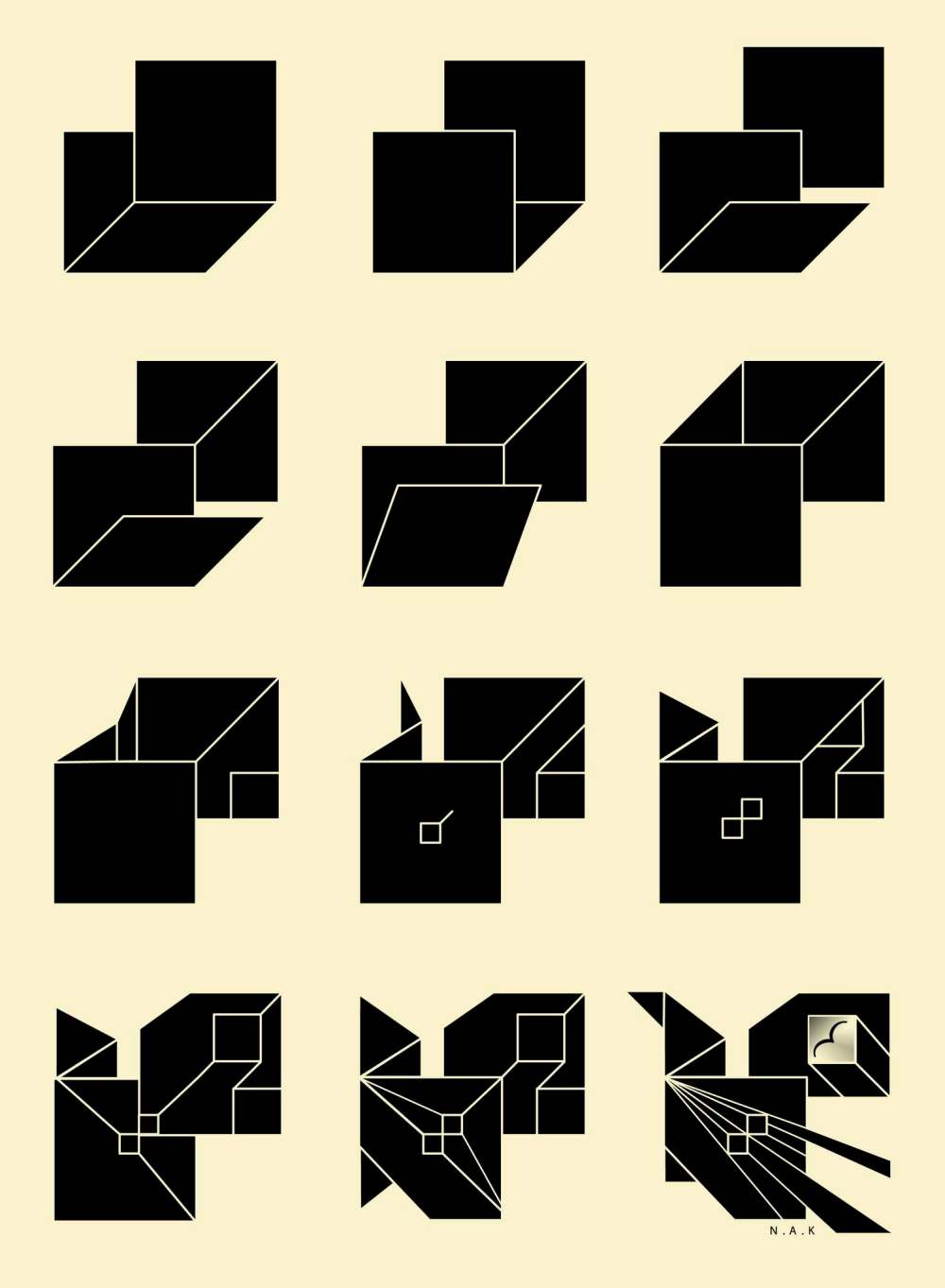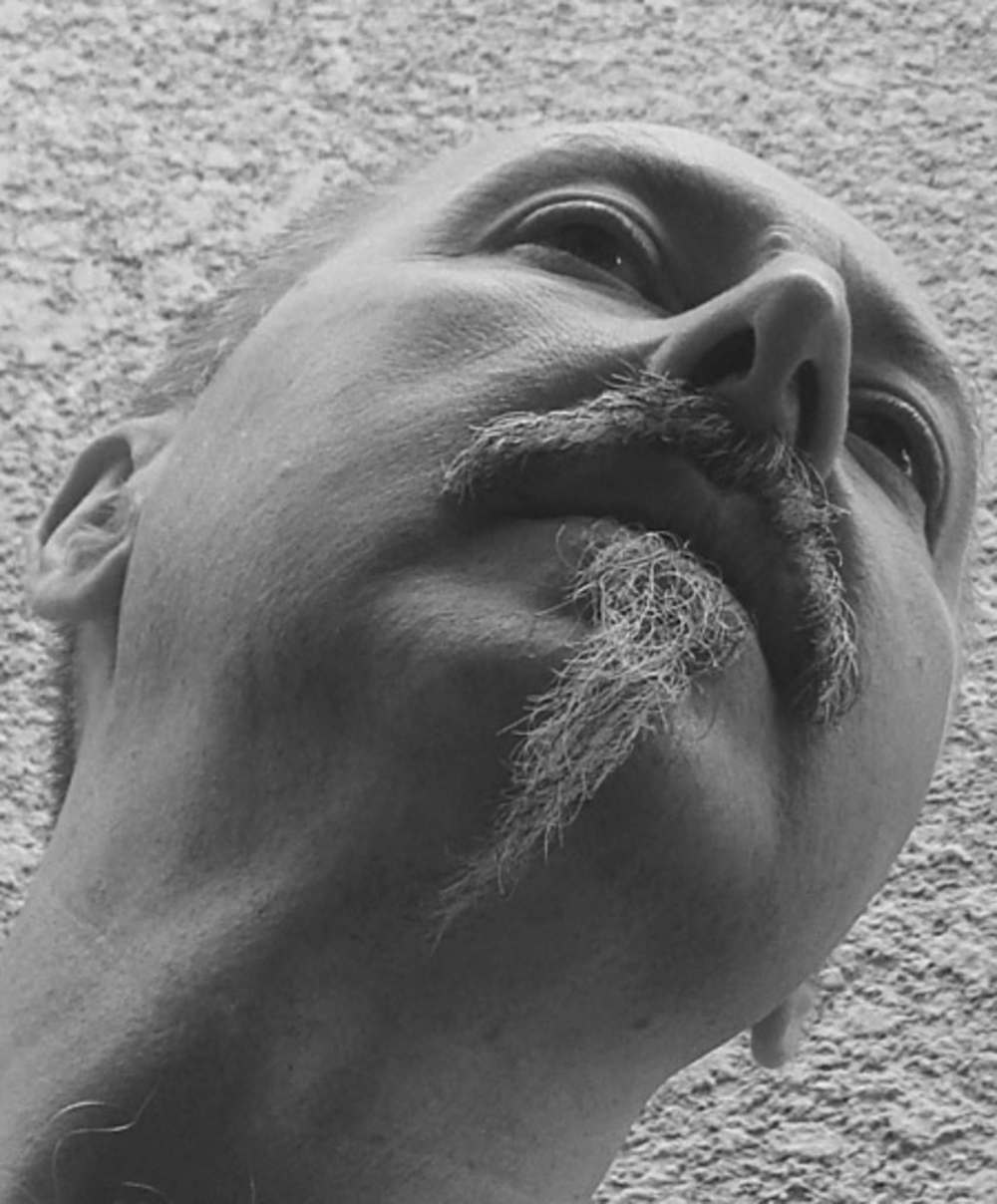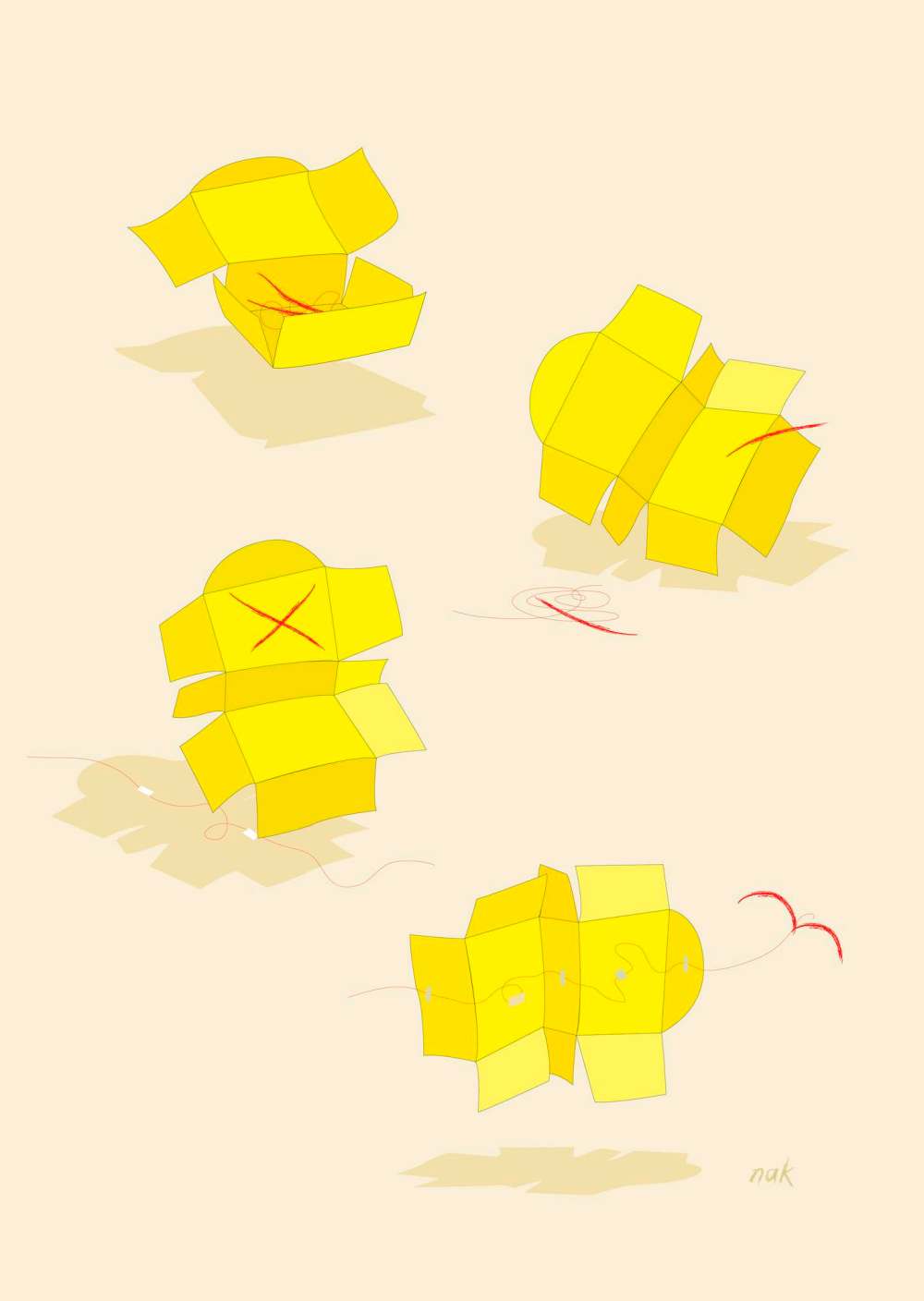In Conversation: Robert Pasternak
Advertisement
Read this article for free:
or
Already have an account? Log in here »
To continue reading, please subscribe:
Monthly Digital Subscription
$0 for the first 4 weeks*
- Enjoy unlimited reading on winnipegfreepress.com
- Read the E-Edition, our digital replica newspaper
- Access News Break, our award-winning app
- Play interactive puzzles
*No charge for 4 weeks then price increases to the regular rate of $19.00 plus GST every four weeks. Offer available to new and qualified returning subscribers only. Cancel any time.
Monthly Digital Subscription
$4.75/week*
- Enjoy unlimited reading on winnipegfreepress.com
- Read the E-Edition, our digital replica newspaper
- Access News Break, our award-winning app
- Play interactive puzzles
*Billed as $19 plus GST every four weeks. Cancel any time.
To continue reading, please subscribe:
Add Free Press access to your Brandon Sun subscription for only an additional
$1 for the first 4 weeks*
*Your next subscription payment will increase by $1.00 and you will be charged $16.99 plus GST for four weeks. After four weeks, your payment will increase to $23.99 plus GST every four weeks.
Read unlimited articles for free today:
or
Already have an account? Log in here »
Hey there, time traveller!
This article was published 30/11/2019 (2162 days ago), so information in it may no longer be current.
Robert Pasternak, who also goes by NAK, is a visual artist, illustrator, graphic designer, novelty product designer/manufacturer, filmmaker, and father.
Pasternak’s work has appeared in Amazing Stories and On Spec magazine and on book covers for Guy Vanderhague and Timothy Findley. He won the Aurora award for Canadian Sci-Fi Art in 1994 and, in 2015, the Central Canada Comic Convention (C4) established an annual award in his name.
In April, At Bay Press released a book of Pasternak’s comics, called Place into Being, which was edited by Nicholas Burns.

Pasternak’s latest exhibit, Unfolding, will be at Fleet Galleries from Dec. 3-28, with opening night slated for Dec. 6 as part of First Fridays. Artworks from Place Into Being will be on display at the show.
Winnipeg Free Press: What do you want people to know about Place Into Being?
Robert Pasternak: That when you hold it in your hands you can feel that it is a beautiful art book (even with your eyes closed). Nice paper, nice printing. That it will take you to places in and through yourself because you are engaged in a kind of back-and-forth dialogue as a participant within a transformative experience. Also, that it’s a book of recent comics and abstract comics from the past seven years.
WFP: What were your goals for this book?
RP: As with most of the work I do, I wish it makes the world a better place, in that it becomes a transformative experience for the viewer who will in turn add to our evolution. It’s a joy to hear about how people see or understand themselves a bit differently, things they perhaps never thought about before. But that is what art and stories are supposed to do right?
WFP: What are abstract comics? What, to you, are their appeal?

RP: They bring together two things I love, abstract art and comics, two visually very different types of art that go back to my childhood. I love my process and the rules that I make up (or don’t) in the making of these comics. It’s the play of combining elements together. Whatever you think abstract art is and whatever you believe comics to be, smash those two things together and see what happens. Watch the particles fly and see where they land. It’s a process that you are allowing to happen. There is a magic of creation and seeing something for the first time, experiencing something new, and believe me, it’s an incredible feeling to be part of.
WFP: You’ve published a lot of zines, which you sold via tables at comic cons. Now you’ve got a book available in stores across the country, published with a traditional publisher. What was that process like?
RP: It’s was challenging for me because I like to do everything in my own way. There is a flow of process that I understand and trust. In the making of this book there were other people making decisions based on their process or in how things work in a larger organization. You have to trust them in that they are working in the greater good of the project and in your best interests.
WFP: Your upcoming exhibition at the Fleet Gallery, Unfolding, contains some of the artworks published in Place Into Being. How is putting together a book like and unlike putting together a show?
RP: They are both working on an idea or theme and you are choosing the contents, asking what the purpose is for of all these things to be brought together into the same space that will ultimately have an effect on its surroundings. In a gallery show, you are viewing work at a much larger size than in a book and this can have an even greater affect upon the viewer as well as having the opportunity to discover elements in the work that may not have been apparent in the printed or online version.
Also, the viewed energy coming off the work is very different in that there is a greater connection to the process that the artist went through and ultimately the understanding of the art and the artist in a fuller capacity.

WFP: Unfolding is described as a “group show of one”. Can you explain what you mean by that?
RP: Since the beginning I have always worked in many different styles and subjects continually over time and there always tends to be crossover from one area of work to another and the boundaries get blurred, so sometimes it’s difficult to decide whether a work belongs in this category or that, making it difficult to choose which works should be in a book or show.
Usually for an artist there is a cohesive stylistic body of work that is shown. But this show contains a number of different styles of work wherein upon first glance one might think it is a group show but they were all created by one person, (I won’t say one artist), and were chosen specifically to be included within this wide meaning of what unfolding can entail as if there are different Roberts working on this idea. Sadly there are some Roberts that did not make it in this show for technical reasons.
WFP: Tell me about the importance of whimsy in your work.
RP: To be forever an opening flower is a lyric in a song by the progressive rock band Yes. I’ve been listening to their music since the beginning and that lyric is always in my mind. To forever be expanding, growing, blossoming… being an eternal child, keeping that sense of wonderment, discovery and the elation of magic in our lives.
WFP: Also, if there’s a question you haven’t been asked that you think belongs here, please ask/answer it…

RP: Why is the sky blue? There is a reason for that, but I have an alternative larger question. Was the sky always blue? And if it wasn’t, what colour did it start off as and when will the colour change again AND what is its next colour? I’ll tell you next time….
Ariel Gordon is a Winnipeg writer.


